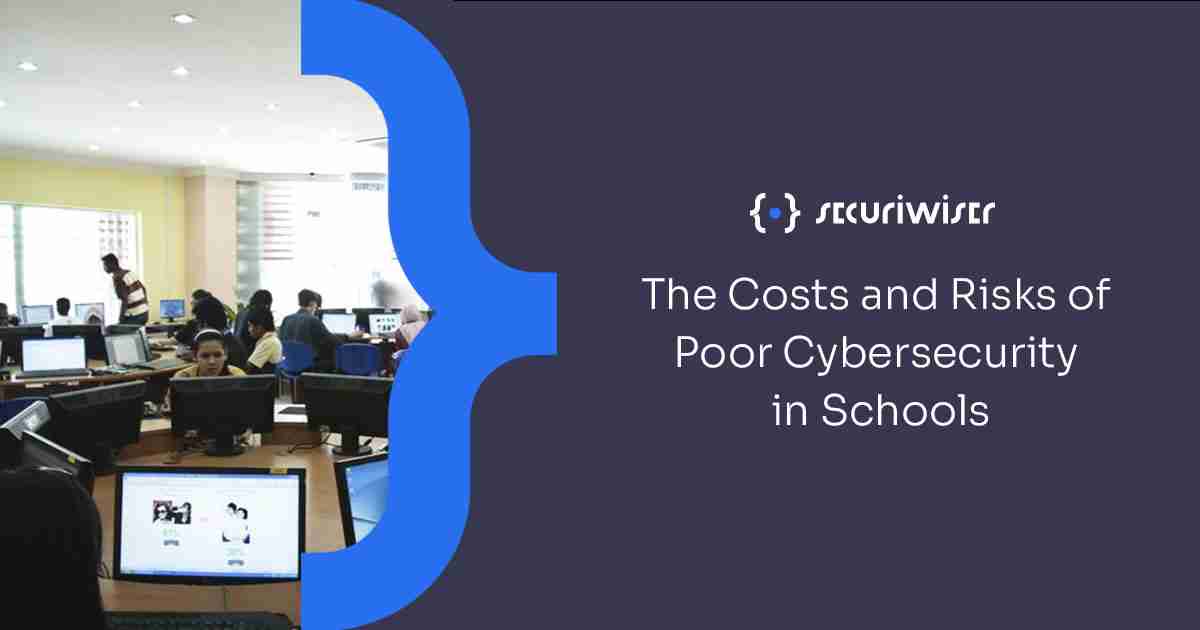The Cost of Poor Cybersecurity on the Healthcare Sector
Blog / The Cost of Poor Cybersecurity on the Healthcare Sector
3 MIN READ

The online pandemic
The COVID-19 pandemic rocked the entire world in 2020, but no organizations felt the full force of the damages caused by the virus as much as those belonging to the healthcare sector.
Many organizations such as the NHS were already straining to keep up with the demands of an ever-growing population needing life-critical care, especially in the context of government cuts to funding, understaffing and over-working junior doctors. These organizations rely heavily on online communications with patients, data storage in the cloud and even entire administrative systems being run online.
Subsequently, when COVID 19 began to take hold of countries around the world, it was paramount that the already straining healthcare organizations were able to have smooth uninterrupted access to online services in their attempts to keep up with the new demands. Doctors continue to be working remotely, and COVID testing and vaccination relies solely on the ability to store and transfer information online.
Unfortunately, some people saw the situation posed by the pandemic as an opportunity for malicious cybercriminal activities, and as reported by Forbes, “the number of hacking incidents reported in healthcare climbed for the fifth straight year in 2020 […] jumping 42%.”
With cyber-attacks on the healthcare sector not only posing a huge threat financially but also directly impacting the ability of healthcare professionals to make sure people are getting the life-saving aid they require; good cybersecurity should be at the core of any organization operating within the healthcare system.
Types of cyber-attacks
There are numerous ways malicious third parties can carry out cyber attacks towards healthcare organizations. The type of attack may vary depending on the organization being targeted. For example, a major hospital network might be targeted due to its high profile and as part of a ransomware attack as hackers seek to gain financially from the cyber-attack. On the other hand, smaller establishments which are not known for their status and potential wealth can still be targeted for different reasons and equally face destructive consequences if vulnerabilities are not monitored. Here are a few examples of cyber-attack techniques:
- DDos – Denial of Service
Perhaps the most common cyber threat to all organizations operating online is a denial-of-service attack. During this attack, a system is overloaded by requests causing it to crash.
One example of DDos attack was the 2014 Boston Children’s hospital attack by hacktivist group Anonymous, rumored to be the first of its kind.
- Malware + Ransomware
On the rise, ransomware attacks involve a network or device being infected following an interaction with a link or download on the network. Once the malware is downloaded onto a device malicious third parties can remotely access files or edit commands.
This can not only lead to mass data breaches, denials of service but also to ransoms, in which the hacker will hold a network or encrypted data hostage unless a ransom is paid.
In 2017, the NHS was crippled due to doctors and hospitals being unable to access patient data as a result of a ransomware attack. This paved the way for many more attacks in recent years, with new ones being reported on weekly.
- Phishing – Data Breaches
Phishing constructs are usually based around a link click, or a bogus landing page which prompts a user to submit their data or credentials. Phishing attacks are most often launched via email or text, with victims thinking the link or credential prompt is authentic.
Phishing scams can result in destructive data breaches, such the HIVE hacking group leaking sensitive documents on the dark web just last week.
How to stay safe
Again, dependent on the size and profile of an organization, the steps taken to mitigate cyber security threats vary. However, as an all-encompassing fact, the best measures to take when considering a cyber attack are preventative measures as opposed to measures to try and act after an attack has already taken place and potential assets seized.
Some recommendations for preventing cyber-attacks are:
- Backing up data to prevent it being held hostage in a ransomware attack
- Employing domain reporting/blocking services to monitor for DDos traffic
- Encrypting all sensitive data to add a second layer of protection to confidentiality
- Up to date training of all employees who access networks that could fall prey to scams
- Subscriptions to information security sites which can improve cybersecurity posture
Securiwiser can help your business stay safe in the cyber world via its daily monitoring of cyber threats, including those raised in this article. Start your free trial today by clicking here.
Previous Article
What is Log Management and Which Solution is Best?How secure is
your school?
Blog categories
How secure is
your school?